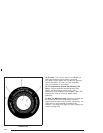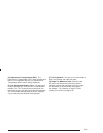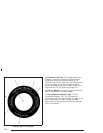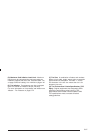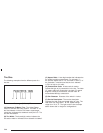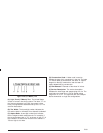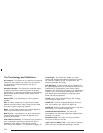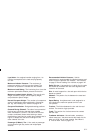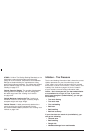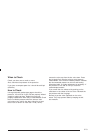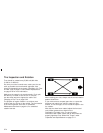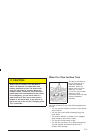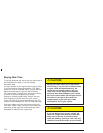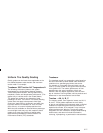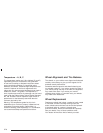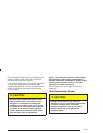
UTQGS: Uniform Tire Quality Grading Standards, a tire
information system that provides consumers with
ratings for a tire’s traction, temperature and treadwear.
Ratings are determined by tire manufacturers using
government testing procedures. The ratings are molded
into the sidewall of the tire. See Uniform Tire Quality
Grading on page 5-77.
Vehicle Capacity Weight: The number of designated
seating positions multiplied by 150 lbs. (68 kg) plus
the rated cargo load. See Loading Your Vehicle
on page 4-42.
Vehicle Maximum Load on the Tire: Load on an
individual tire due to curb weight, accessory weight,
occupant weight and cargo weight.
Vehicle Placard: A label permanently attached to a
vehicle showing the original equipment tire size
and recommended inflation pressure. See Loading Your
Vehicle on page 4-42.
Inflation - Tire Pressure
The tire and loading information label, shows the correct
inflation pressures for your tires when they’re cold.
“Cold” means your vehicle has been sitting for at least
three hours or driven no more than 1 mile (1.6 km). See
Loading Your Vehicle on page 4-42, for the location
of your vehicle’s tire and loading information label.
Notice: Don’t let anyone tell you that underinflation
or overinflation is all right. It’s not. If your tires
don’t have enough air (underinflation), you can get
the following:
• Too much flexing
• Too much heat
• Tire overloading
• Bad wear
• Bad handling
• Bad fuel economy
If your tires have too much air (overinflation), you
can get the following:
• Unusual wear
• Bad handling
• Rough ride
• Needless damage from road hazards
5-72



